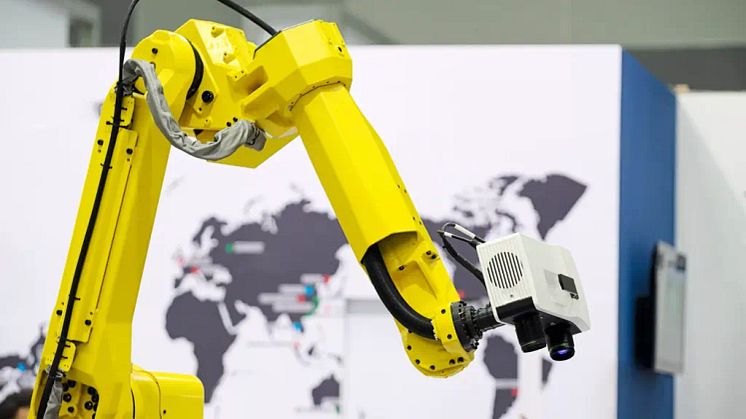
Pressemeddelelse -
Pros and Cons of In-House Manufacturing vs. Outsourcing
When it comes to choosing between in-house manufacturing and outsourcing production, businesses face critical considerations. This article explores the advantages and disadvantages of both approaches.
Advantages of In-House Manufacturing
In-house manufacturing offers several key benefits:
- Faster Manufacturing: Without the dependency on external suppliers, the shortest possible production time is ensured.
- Easier Communication: Direct and clear communication with the production department minimizes errors caused by misunderstandings.
- Quick Testing and Iterations of Prototypes: Faster communication leads to speedier prototype testing and development.
- In-House Quality Control: Complete control over the production process ensures higher quality standards.
- Less Transit: Reducing transit needs minimizes the risk of damage during transport and reduces emissions and packaging waste.
- Data Security: Keeping production in-house better protects sensitive data from unauthorized access.
- Expensive Production Equipment: Investment in advanced production equipment can be economically disadvantageous, especially for smaller businesses.
- Inventory Management: The costs and time sensitivity of storing and managing inventory.
- Challenging in Certain Industries: The risk of idle periods during low demand makes investment in production facilities risky in certain industries.
Disadvantages of In-House Manufacturing
Despite the advantages, there are also downsides to in-house manufacturing:
- Expensive Production Equipment: Investment in advanced production equipment can be economically disadvantageous, especially for smaller businesses.
- Inventory Management: The costs and time sensitivity of storing and managing inventory.
- Challenging in Certain Industries: The risk of idle periods during low demand makes investment in production facilities risky in certain industries.
Outsourcing Manufacturing
One of the primary benefits of outsourcing is the access it grants to a broad range of external expertise. This is particularly valuable for companies that may lack in-depth knowledge of various manufacturing processes and technologies. By partnering with specialists in the field, businesses can leverage this expertise to enhance their products and processes.
Better time management and consultation
Additionally, outsourcing allows for more efficient process control. It frees up internal resources and time, enabling companies to focus on other crucial aspects of their business. While quality control remains a critical consideration, delegating the manufacturing process can lead to more streamlined operations.
Another significant advantage of outsourcing is the design assistance it offers. External suppliers often bring a wealth of experience and insights that can greatly improve product design and manufacturability. This perspective can be particularly beneficial in identifying and addressing potential production challenges early in the design phase.
Less stress handling capacity
Labor shortages, a common challenge in many industries, can also be effectively addressed through outsourcing. This approach allows companies to circumvent the difficulties associated with recruiting and retaining skilled workers, a factor that can significantly impact production efficiency and capacity.
Speaking of capacity, outsourcing provides a flexible solution to handle fluctuating demand. It eliminates the need for heavy investment in in-house facilities and equipment, allowing businesses to scale production up or down as needed. This flexibility is crucial for adapting to market changes and maintaining competitive agility.
Outsourcing also plays a key role in managing production bottlenecks. By relying on external suppliers, companies can more effectively navigate challenges like long lead times, material delays, and logistical hurdles. This can be particularly advantageous for businesses that encounter complexities in managing these aspects internally.
Lastly, the collaboration with external suppliers can expedite the product development cycle, significantly reducing the time it takes to bring a product to market. Early involvement of these suppliers in the design process can lead to better manufacturability and more efficient product development.
Conclusion
The decision to manufacture in-house or outsource should be made based on a careful assessment of a company's specific needs, resources, and goals. Both in-house manufacturing and outsourcing have their advantages and disadvantages, and the best choice depends on the individual circumstances and strategic objectives of each business.
Related links
Aveo.dk er et full service webbureau, der hjælper erhvervsdrivende med at få online succes.

